Cleaning a hummingbird feeder is an essential task that ensures the health and well-being of our beloved feathered friends. To begin, remove the feeder from its hanging position and take it inside your home. – Make sure to wear gloves for protection as some feeders can be covered in sticky residue. Then, disassemble the feeder carefully, separating the different parts such as the bottle, base, and perches. – Rinse each component with warm water to remove any remaining nectar or debris, making sure to use a bottle brush for hard-to-reach areas. Afterward, prepare a cleaning solution by mixing one part white vinegar with four parts water. – This gentle solution will help remove mold, bacteria, and any build-up that may have accumulated. Submerge all the feeder parts in the vinegar-water mixture, allowing them to soak for at least 15 minutes. – While they soak, scrub the bottle and base with the bottle brush to remove any stubborn residue. Then, use a small brush, like a toothbrush, to clean the holes and crevices thoroughly. Rinse all the parts again with warm water to remove any remaining vinegar solution. – Finally, dry the feeder components completely before reassembling them.
Dos
- Use hot water to clean the feeder
- Use a bottle brush or pipe cleaner to scrub the inside of the feeder
- Remove any mold or debris from the feeder
- Rinse the feeder thoroughly to remove any soap residue
- Refill the feeder with fresh nectar
Donts
- Do not use soap with additives or fragrances
- Do not use bleach or other harsh chemicals
- Do not use a dishwasher to clean the feeder
- Do not forget to clean the feeder regularly
- Do not leave old nectar in the feeder
Step 1
Clean the feeder thoroughly using warm soapy water.
Step 2
Rinse the feeder thoroughly to remove any soap residue.
Step 3
Use a bottle brush or pipe cleaner to clean hard-to-reach areas and remove any buildup or residue.
Step 4
Sanitize the feeder by soaking it in a solution of 1 part bleach to 10 parts water for 15 minutes. Rinse thoroughly afterwards.
Step 5
Allow the feeder to air dry before refilling with fresh nectar.
Final thoughts 💭
To ensure the health and safety of the hummingbirds that visit your feeder, regular cleaning is essential. Cleaning a hummingbird feeder is a simple process that involves removing any remaining nectar, rinsing the feeder with hot water, using a bottle brush to scrub away residue, and finally disinfecting the feeder with a diluted bleach solution. Thoroughly drying the feeder before refilling it will prevent mold or bacteria growth. By following these steps, you can provide a clean and inviting environment for hummingbirds to enjoy.
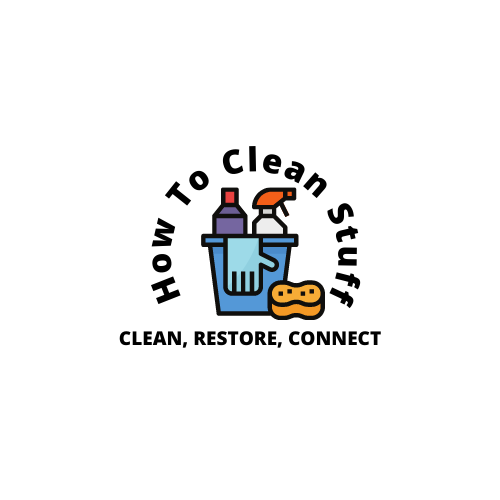
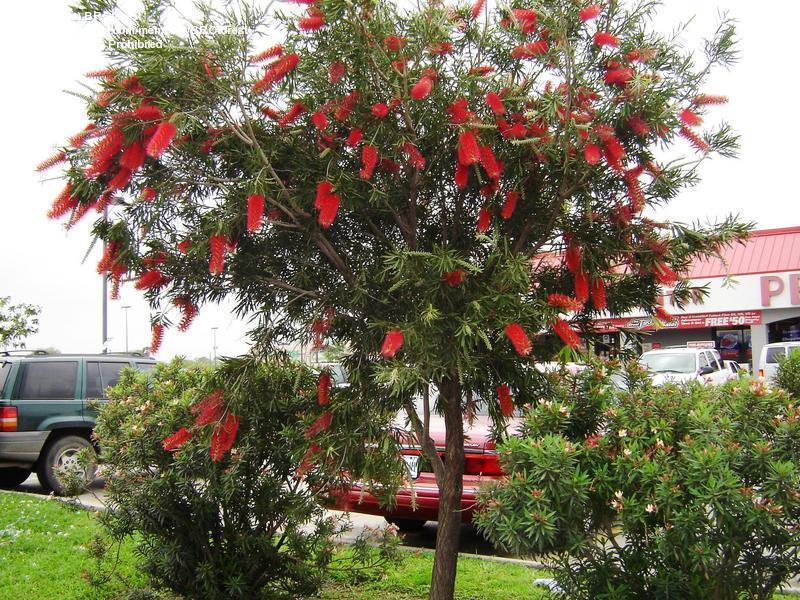
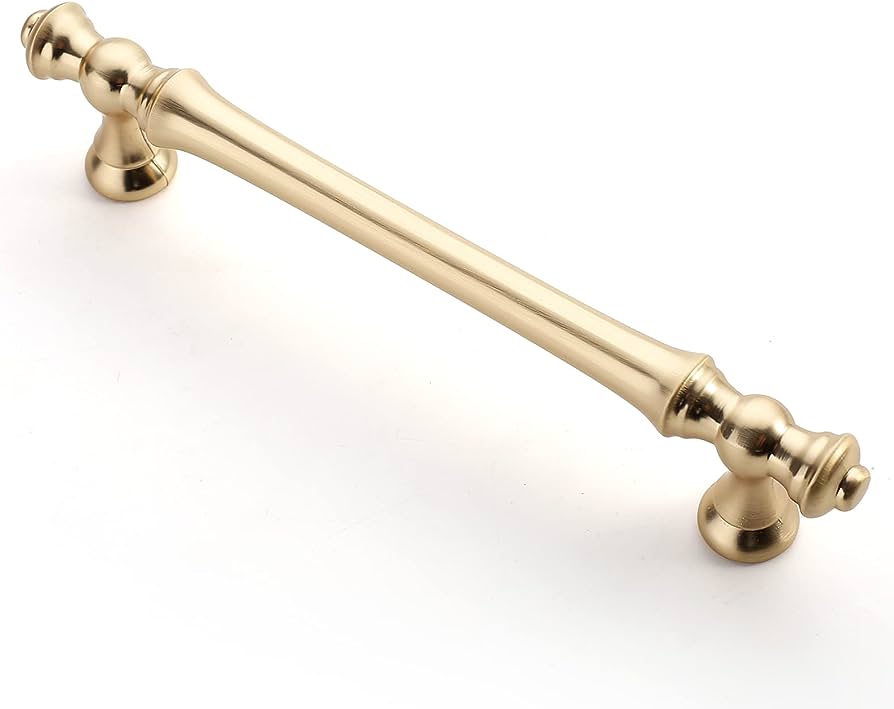
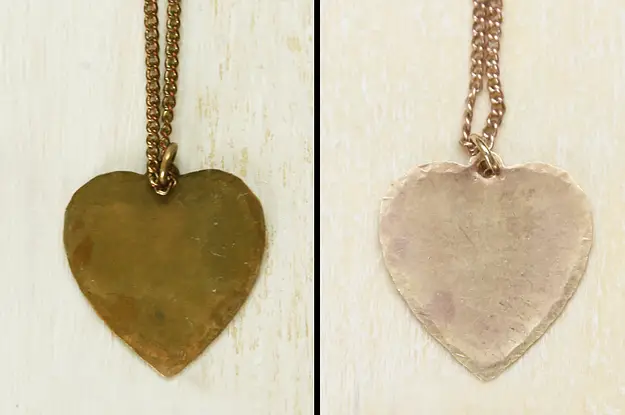
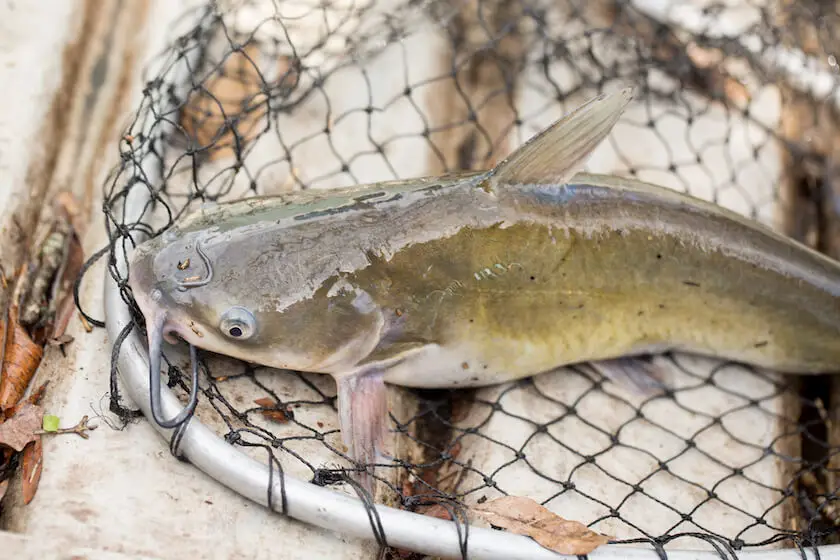

Leave a Reply